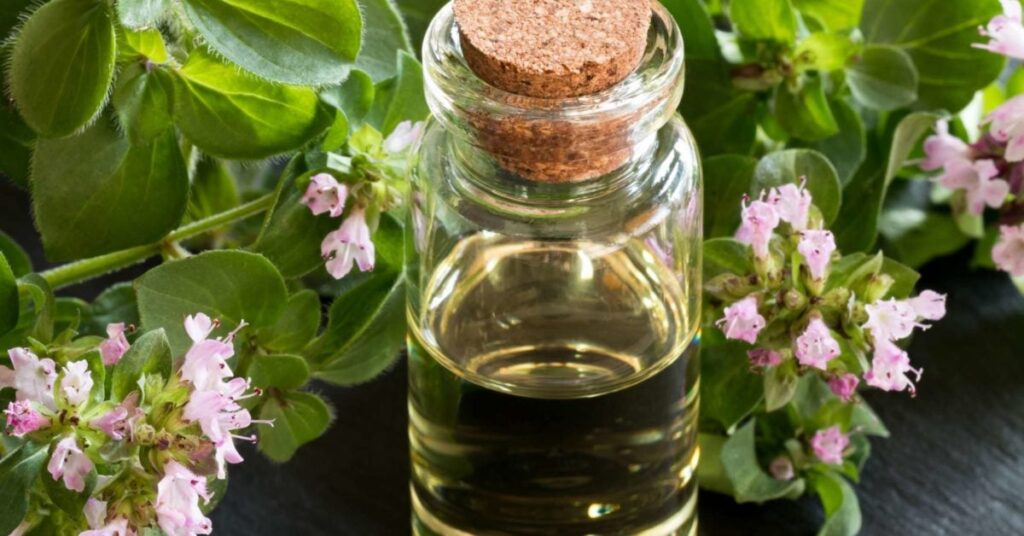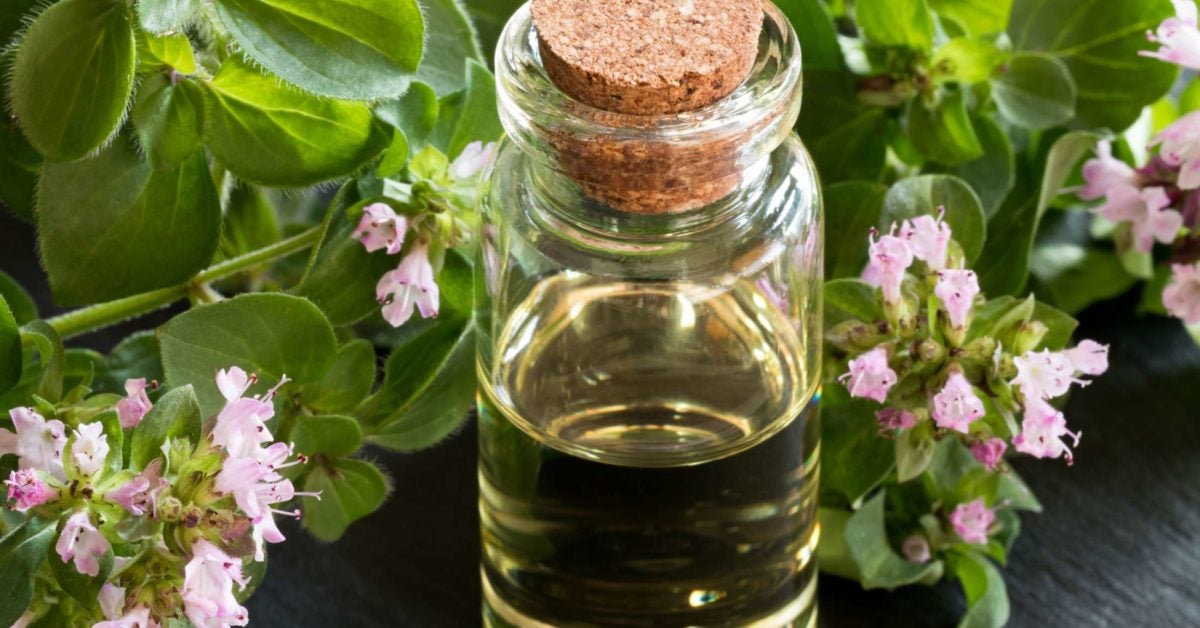
The Definitive Guide to Choosing the Best Oregano Oil for Candida Overgrowth
Candida overgrowth, a common yet often overlooked health issue, affects millions worldwide. Characterized by symptoms ranging from fatigue and digestive problems to skin issues and brain fog, Candida albicans, a type of yeast, can wreak havoc when it proliferates beyond healthy levels. While conventional treatments exist, many are turning to natural remedies, with oregano oil gaining significant attention. But with countless brands and variations available, how do you choose the best oregano oil for candida?
This comprehensive guide delves into the world of oregano oil, exploring its potent antifungal properties, factors to consider when selecting a product, and how to use it effectively to combat Candida overgrowth. We’ll examine the science behind oregano oil’s effectiveness, highlighting the key compounds responsible for its therapeutic benefits, and provide practical advice to help you make an informed decision.
Understanding Candida Overgrowth
Candida albicans is a naturally occurring fungus found in the human body, primarily in the gut, mouth, and skin. Under normal circumstances, it exists in balance with other microorganisms. However, factors such as antibiotic use, a diet high in sugar and refined carbohydrates, chronic stress, and a weakened immune system can disrupt this balance, leading to Candida overgrowth.
When Candida proliferates, it can manifest in various ways, including:
- Digestive issues: Bloating, gas, constipation, or diarrhea.
- Fatigue: Persistent tiredness and lack of energy.
- Skin problems: Rashes, eczema, and fungal infections.
- Brain fog: Difficulty concentrating and memory problems.
- Mood swings: Irritability, anxiety, and depression.
Addressing Candida overgrowth often involves a multi-faceted approach, including dietary changes, lifestyle modifications, and the use of antifungal agents. This is where oregano oil for candida comes into play.
The Power of Oregano Oil: A Natural Antifungal
Oregano oil, derived from the oregano plant (Origanum vulgare), is a potent essential oil renowned for its antimicrobial, antifungal, and antioxidant properties. Its effectiveness stems from its high concentration of carvacrol and thymol, two phenolic compounds with powerful therapeutic effects.
- Carvacrol: This compound is the primary active ingredient in oregano oil and is responsible for its antifungal properties. It works by disrupting the cell membrane of Candida, leading to cell death. Studies have shown that carvacrol is effective against various strains of Candida, including those resistant to conventional antifungal medications.
- Thymol: Another potent compound found in oregano oil, thymol, enhances the antifungal activity of carvacrol. It also possesses antiseptic and antioxidant properties, contributing to the overall therapeutic benefits of oregano oil.
The synergy between carvacrol and thymol makes oregano oil for candida a formidable natural remedy. Its ability to target Candida directly while also supporting the body’s natural defenses makes it an attractive option for those seeking a holistic approach to managing Candida overgrowth.
Factors to Consider When Choosing the Best Oregano Oil for Candida
With numerous oregano oil products on the market, selecting the right one can be overwhelming. Here are key factors to consider to ensure you choose the best oregano oil for candida:
Carvacrol Content
The carvacrol content is arguably the most crucial factor to consider. Look for oregano oil with a high carvacrol concentration, ideally above 70%. This ensures you’re getting a potent product with significant antifungal activity. Check the product label or certificate of analysis (COA) for information on carvacrol content.
Source and Purity
The source of the oregano plant and the purity of the oil are also essential. Opt for oregano oil derived from Origanum vulgare, the species known for its high carvacrol content. Choose products that are organic, non-GMO, and free from additives, fillers, and artificial ingredients. Third-party testing is a plus, as it verifies the purity and potency of the oil.
Extraction Method
The extraction method can impact the quality and potency of oregano oil. Steam distillation is the preferred method, as it preserves the delicate compounds without the use of harsh chemicals. Avoid products extracted using solvents, as these can leave harmful residues in the oil.
Formulation
Oregano oil is available in various forms, including liquid, capsules, and softgels. Liquid oregano oil is the most potent and allows for flexible dosing. However, it has a strong taste and can be irritating to the throat. Capsules and softgels are more convenient and easier to swallow but may be less potent. Consider your personal preferences and tolerance when choosing a formulation.
Carrier Oil
Oregano oil is highly concentrated and should always be diluted with a carrier oil before consumption. Common carrier oils include olive oil, coconut oil, and almond oil. Some oregano oil products come pre-diluted, which can be convenient. If you’re using pure oregano oil, be sure to dilute it properly to avoid irritation.
Brand Reputation and Reviews
Research the brand and read customer reviews before making a purchase. Look for brands with a reputation for quality, transparency, and customer satisfaction. Pay attention to reviews that mention the effectiveness of the oil for Candida overgrowth.
How to Use Oregano Oil for Candida
Using oregano oil for candida effectively requires careful consideration of dosage and method of administration. Here are some guidelines:
Dosage
The appropriate dosage of oregano oil varies depending on the individual and the severity of the Candida overgrowth. It’s best to start with a low dose and gradually increase it as tolerated. A typical starting dose is 1-2 drops of oregano oil diluted in a teaspoon of carrier oil, taken 2-3 times per day. Follow the instructions on the product label or consult with a healthcare professional for personalized guidance.
Method of Administration
Oregano oil can be taken internally or applied topically. For internal use, dilute the oil in a carrier oil and swallow it quickly. You can also add it to a glass of water or juice, but be prepared for a strong taste. For topical use, dilute the oil in a carrier oil and apply it to the affected area. Be sure to test a small area first to check for any adverse reactions.
Duration of Treatment
The duration of treatment with oregano oil depends on the individual and the severity of the Candida overgrowth. A typical course of treatment lasts for 2-4 weeks. It’s important to monitor your symptoms and adjust the duration of treatment accordingly. Consult with a healthcare professional for guidance on the appropriate duration of treatment for your specific situation.
Potential Side Effects
Oregano oil is generally safe when used as directed, but it can cause side effects in some individuals. Common side effects include:
- Digestive upset: Nausea, heartburn, and diarrhea.
- Skin irritation: Redness, itching, and burning.
- Allergic reactions: Hives, rash, and difficulty breathing.
If you experience any side effects, discontinue use and consult with a healthcare professional. Oregano oil is not recommended for pregnant or breastfeeding women, infants, or individuals with certain medical conditions.
Supporting Your Candida Treatment with Lifestyle Changes
While oregano oil for candida can be a powerful tool in combating Candida overgrowth, it’s most effective when combined with lifestyle changes that support a healthy gut environment. Here are some key recommendations:
Dietary Changes
A Candida-friendly diet is essential for starving the yeast and restoring balance in the gut. This involves reducing or eliminating:
- Sugar: Candida thrives on sugar, so limit your intake of refined sugar, honey, maple syrup, and other sweeteners.
- Refined carbohydrates: White bread, pasta, and rice are quickly converted into sugar in the body.
- Processed foods: These often contain hidden sugars and additives that can contribute to Candida overgrowth.
- Alcohol: Alcohol can weaken the immune system and promote Candida growth.
Focus on consuming whole, unprocessed foods such as:
- Non-starchy vegetables: Broccoli, cauliflower, spinach, and kale.
- Lean protein: Chicken, fish, and turkey.
- Healthy fats: Olive oil, coconut oil, and avocado.
- Probiotic-rich foods: Yogurt, kefir, and sauerkraut.
Probiotics
Probiotics are beneficial bacteria that can help restore balance in the gut and inhibit Candida growth. Consider taking a high-quality probiotic supplement or incorporating probiotic-rich foods into your diet. [See also: Probiotic Supplements for Gut Health]
Stress Management
Chronic stress can weaken the immune system and contribute to Candida overgrowth. Practice stress-reducing activities such as yoga, meditation, or spending time in nature. [See also: Stress Reduction Techniques]
Adequate Sleep
Getting enough sleep is crucial for immune function and overall health. Aim for 7-8 hours of sleep per night.
Conclusion: Choosing the Best Oregano Oil for Your Needs
Oregano oil for candida offers a natural and effective way to combat Candida overgrowth. By understanding the key factors to consider when choosing a product, such as carvacrol content, source, purity, and formulation, you can make an informed decision and select the best oregano oil for candida for your individual needs. Remember to combine oregano oil with dietary changes, lifestyle modifications, and other supportive therapies for optimal results. Always consult with a healthcare professional before starting any new treatment, especially if you have underlying medical conditions or are taking medications. With the right approach, you can harness the power of oregano oil to restore balance and reclaim your health.

